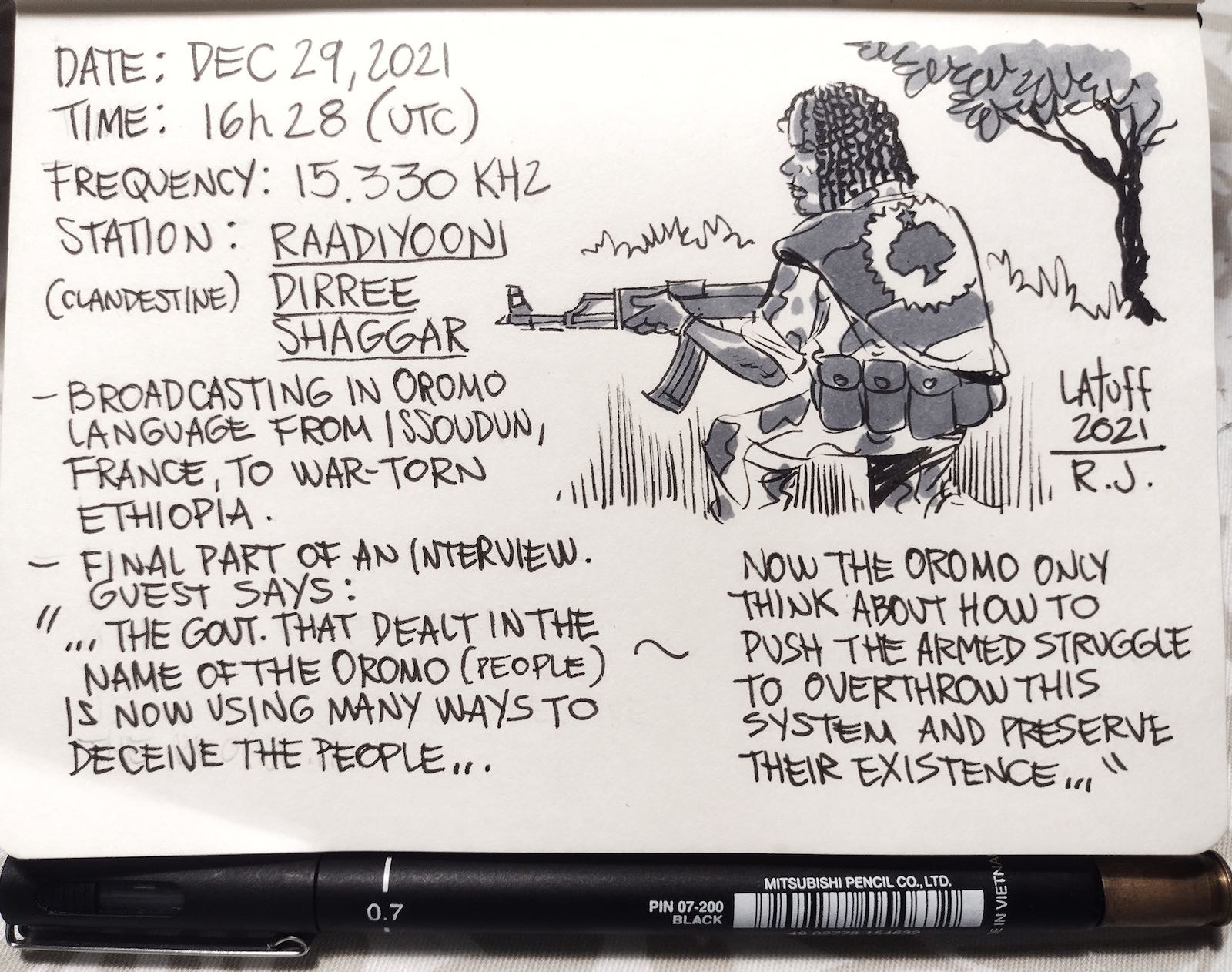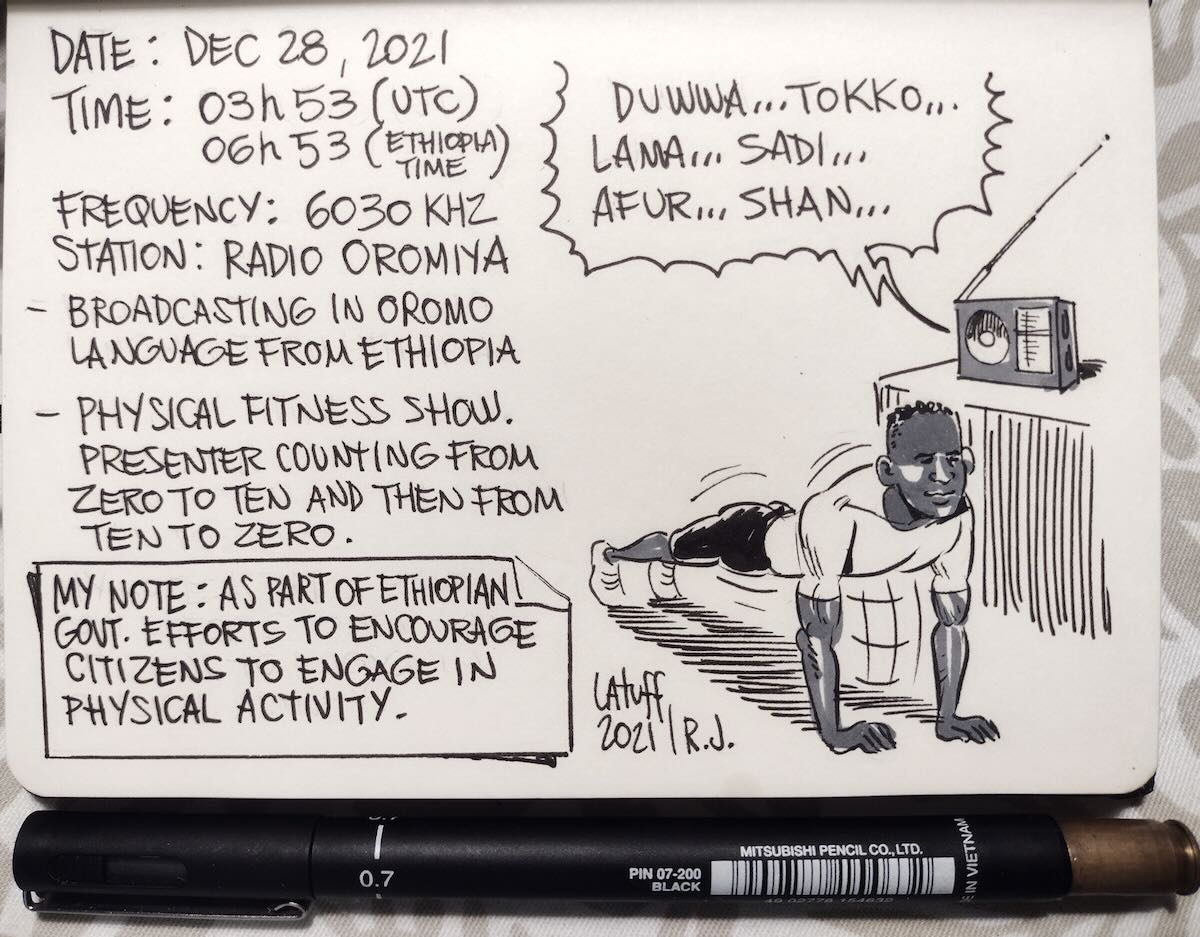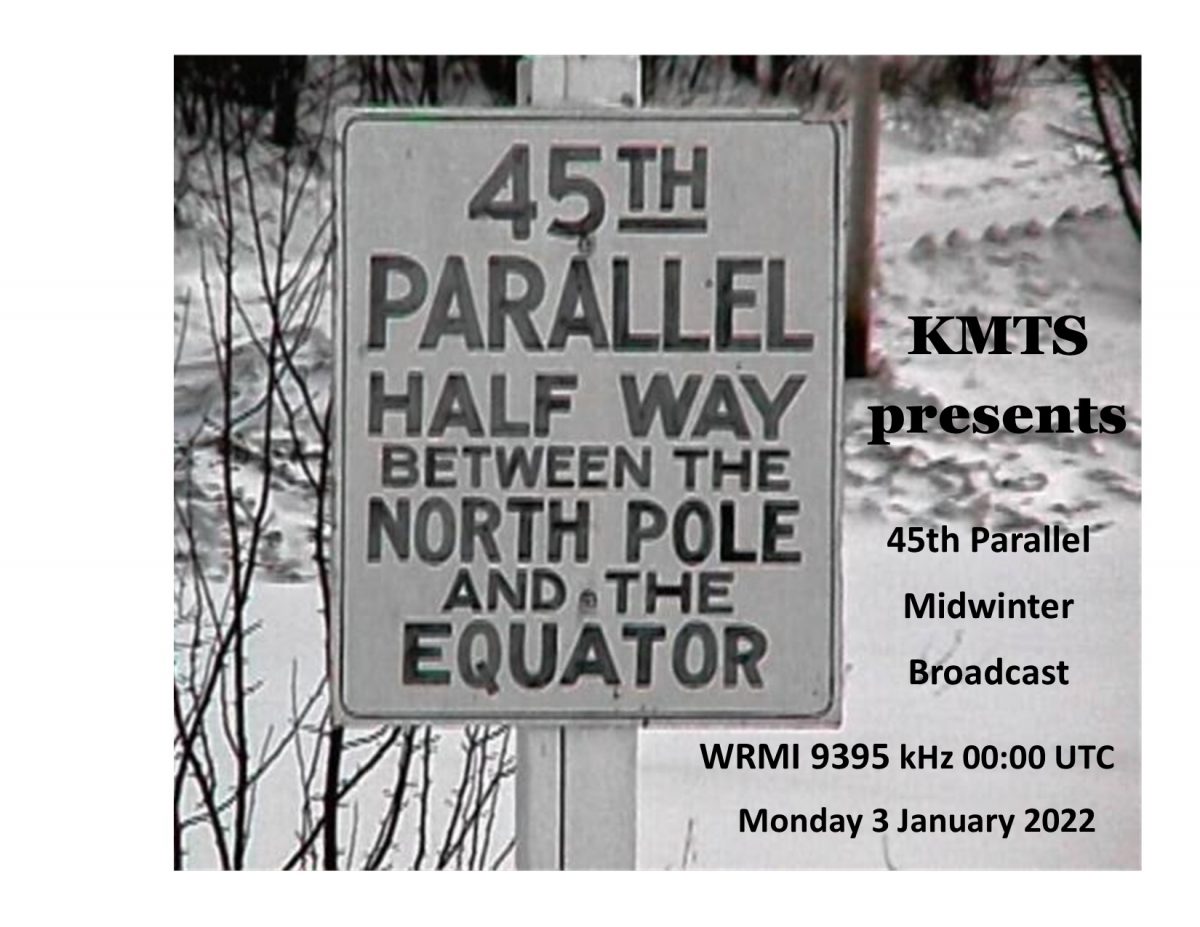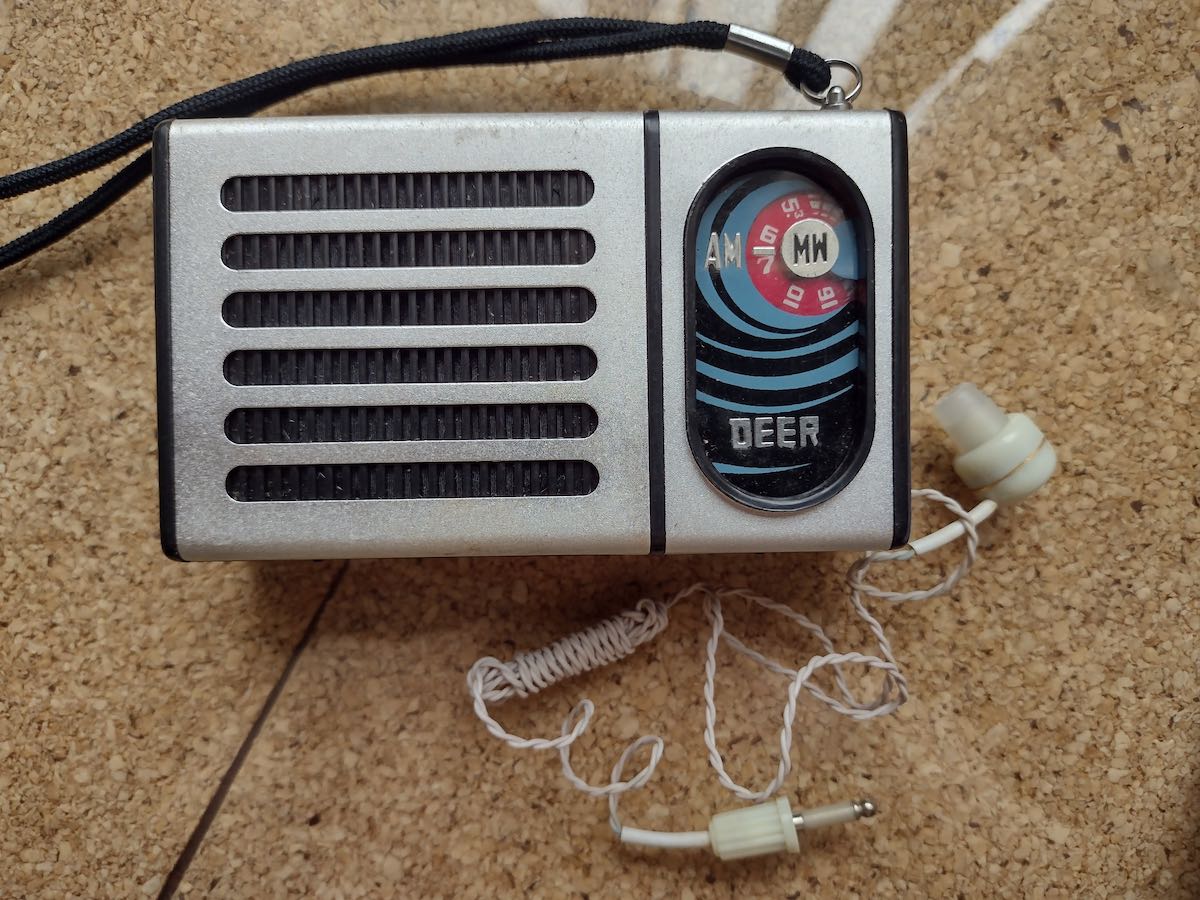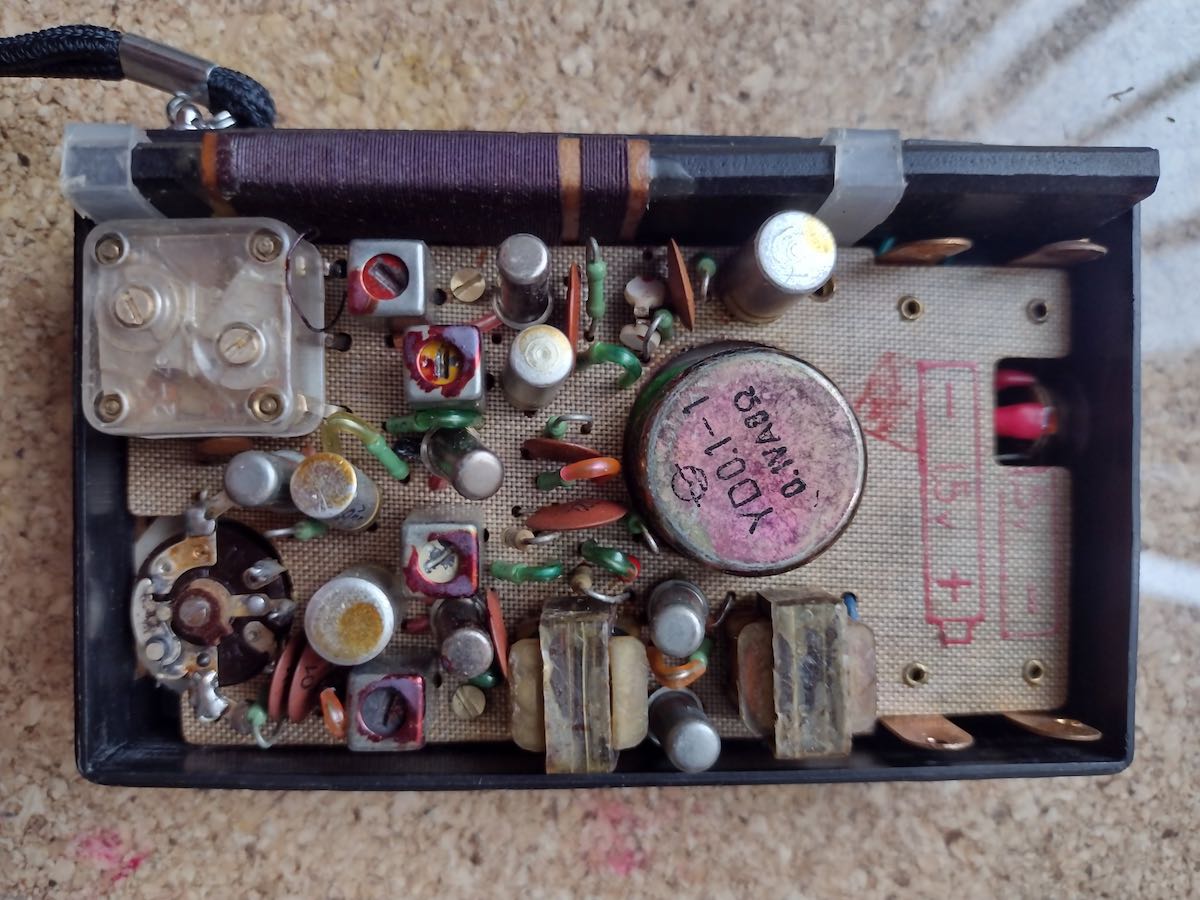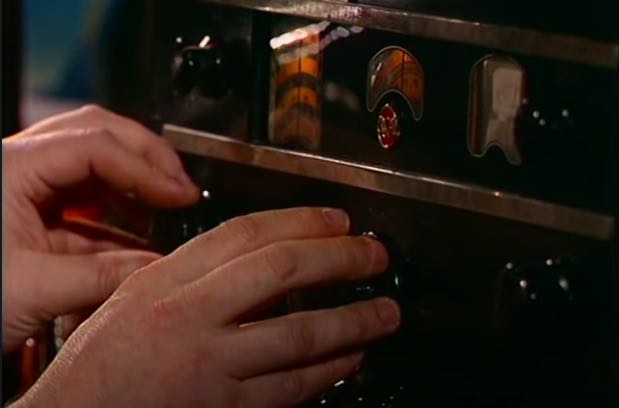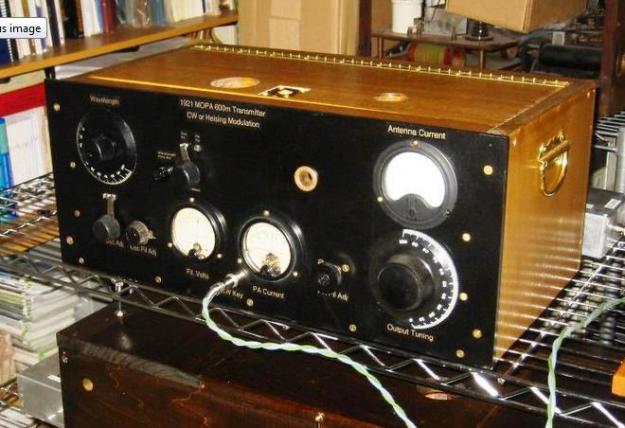
WA1ZMS’ 600 meter transmitter
Many thanks to SWLing Post contributor, Brian Smith (W9IND), who shares the following recordings and notes:
Since 2012, experimental radio station WI2XLQ in Forest, Virginia, has presented an annual Christmas Eve/Christmas Day transmission in honor of Canadian radio pioneer Reginald Fessenden. Operated by Brian Justin, WA1ZMS, the station transmits on 486 kHz, just below the American AM broadcast band.
Here are two short recordings of the 2021 broadcast that I made around 9 p.m. on Christmas Eve (Indianapolis time) or 0200 UTC Christmas Day.
No DXing feat on my part: Unable to receive the station in the Indianapolis area, I listened via the online SDR of K1RA in Warrenton, Virginia, about 120 miles northeast of WI2XLQ.
My recording equipment? Again, nothing to brag about — just my trusty Android cell phone, which captured 4- and 6-minute snippets of the broadcast.
Signal strength varied widely from inaudible to excellent — mostly in between — and not surprisingly there’s plenty of QRN (static). The repeating program consisted of two songs, including a violin rendition of “O Holy Night,” followed by a station ID.
For those who’ve never managed to hear WI2XLQ’s annual transmissions, I hope you’ll enjoy this sampling of what you missed.
NOTE: As even Justin acknowledges, these broadcasts commemorate a reputed 1906 event that may not actually have taken place. Despite Fessenden’s claim of achieving the first voice (and music) transmission, substantiation is lacking. Whatever the truth, Fessenden was unquestionably one of the foremost radio experimenters of his era.
Recordings:
Many thanks for sharing this, Brian!
Note that if you missed the WI2XLQ on Christmas, note than Brian Justin plans to repeat the Fessenden broadcast on New Year’s Eve and New Year’s Day!

